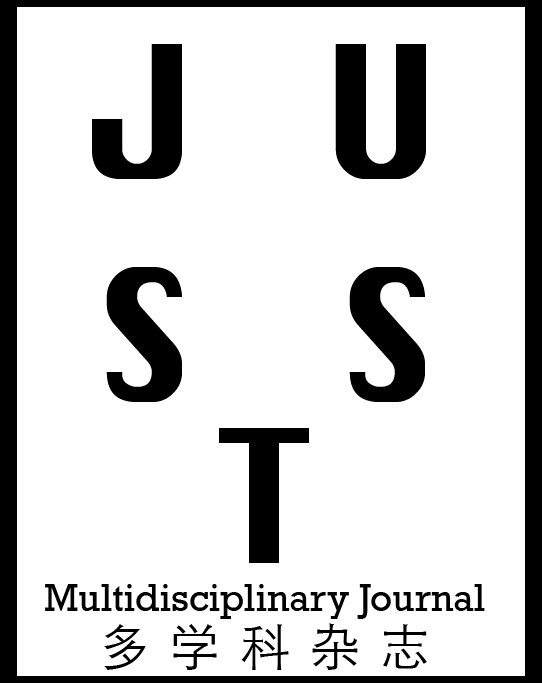Sacristies in supply of freshwater, strict regulations on discharging wastewater and the support
to encourage the sustainable development by water minimization techniques leads to raise the
interest of water reusing, regeneration and recycling. Water is considered as a vital element in
chemical industries. In this study, an optimization model will be developed to determine the
optimal design of refinery’s water network system via source interceptor sink that involves
several network alternatives, and then a Mixed-Integer Non-Linear programming (MINLP) was
used to obtain the optimal network superstructure based on flow rates, concentration of
contaminants, etc. The main objective of the model is to reduce the fixed cost of piping
installation interconnections, reducing the operating costs of all streams within the refiner’s
water network and to minimize the concentration of pollutants to comply with the
environmental regulations. A real case study for one of refineries was studied by GAMS
/BARON global optimization platform and the water network had been retrofitted and
optimized leading to saving around 195 m³/hr. of freshwater with a total reduction reaches to 26
%.
